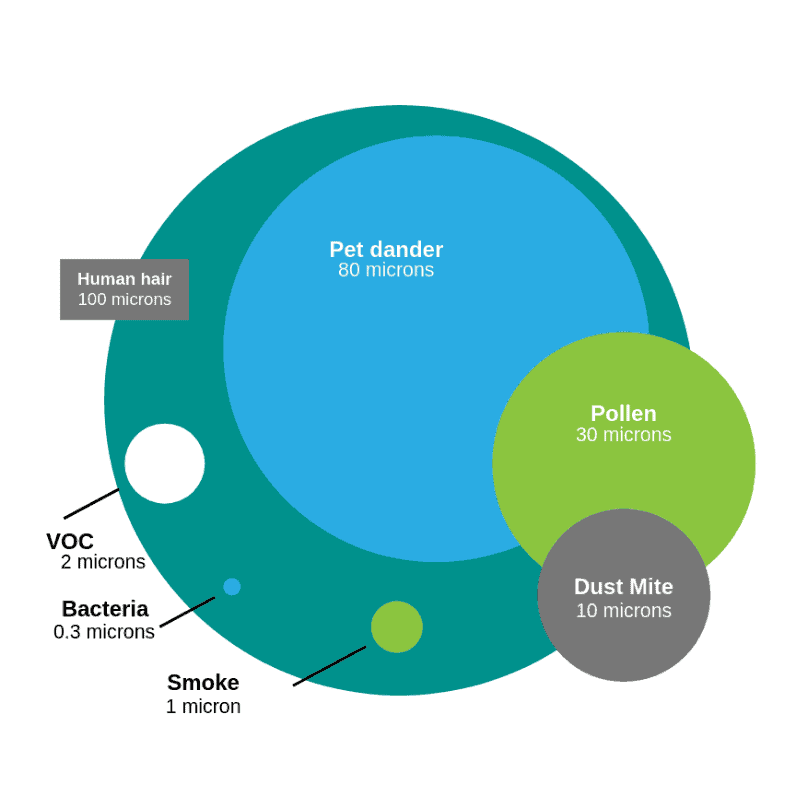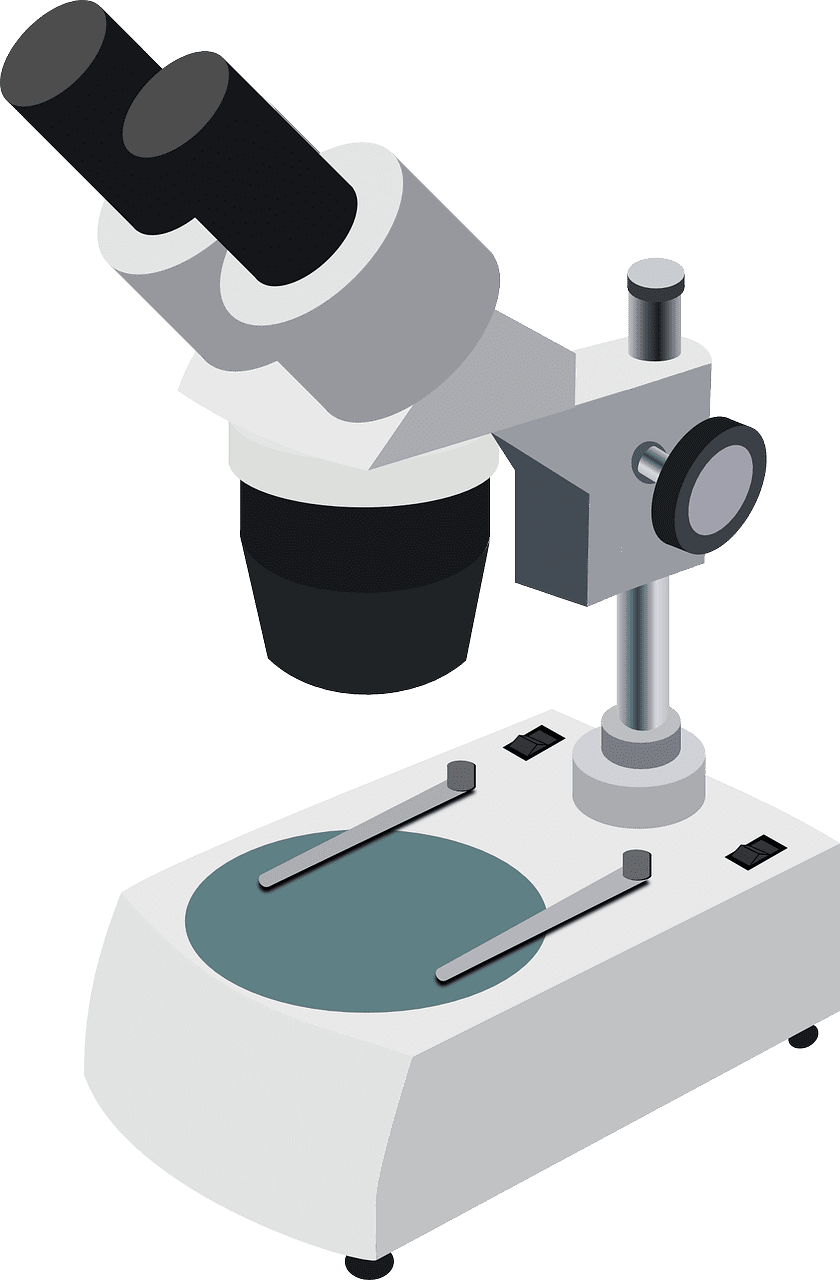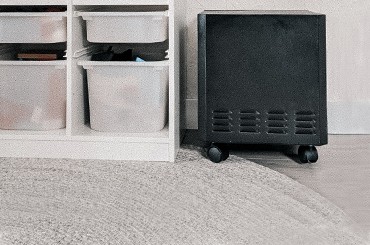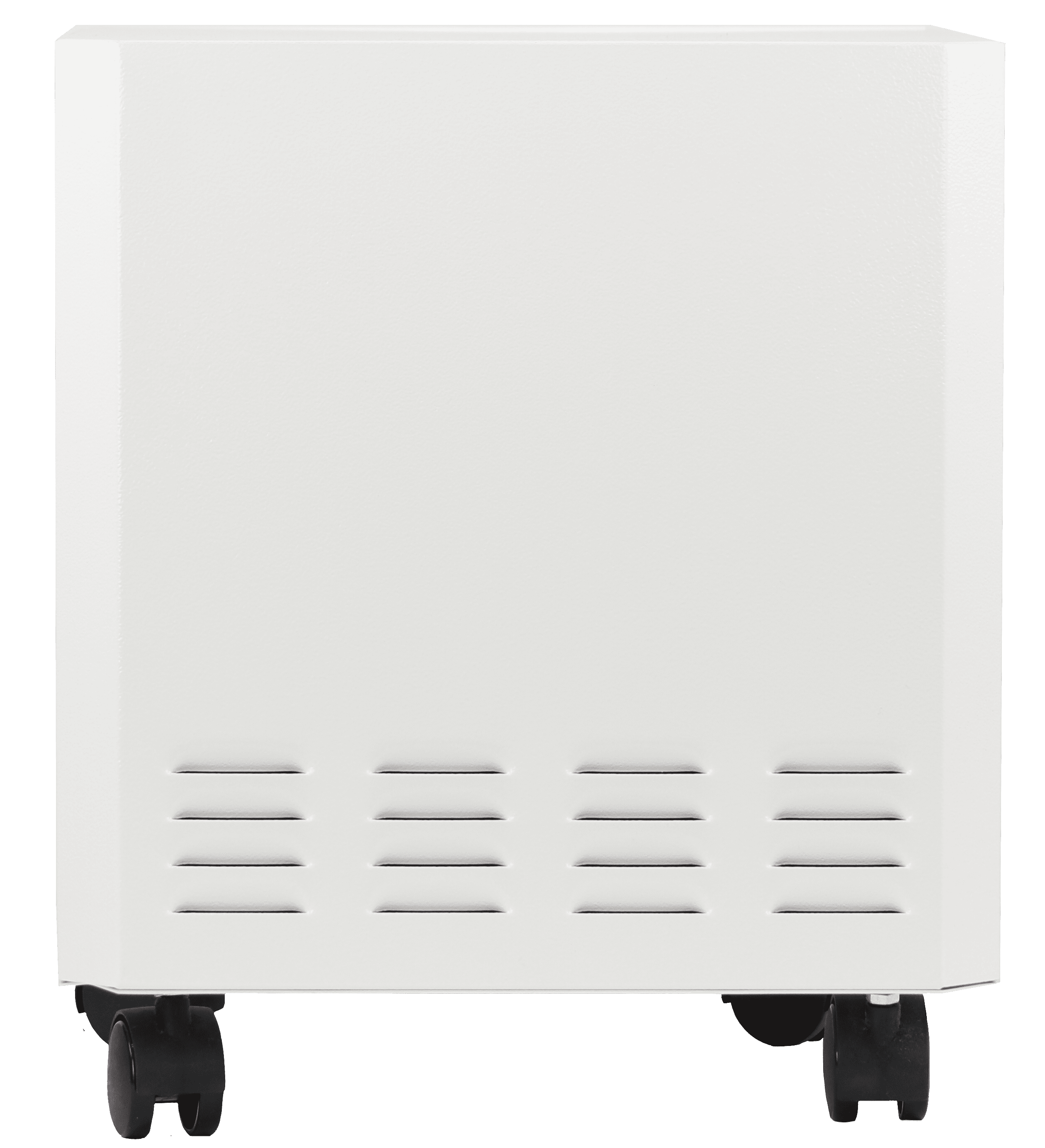How Do You Know If You Have Dust Mites at Home
The unmistakable symptoms of allergies have kicked up once again inside of your home every time you walk in the indoor space. Have you started to pick up on the fact that the symptoms are magnified and even more problematic when you are in your bedroom or on soft surfaces such as a couch, flooring, and even using a blanket? Allergens can form inside of a home quickly, rapidly, and aggressively, particularly when optimal conditions are present. Whether it be pet dander that spreads from your household pet, dust that forms from infrequent cleanings of the space, or even dust mites that develop from the dust and other debris found in a home on soft surfaces like a bed or sofa.
One of the most common allergens to form on these surfaces and in these environments is the dreaded dust mites. These little, microscopic allergenic bugs are potentially problematic allergens that can spread and grow rapidly in the soft surfaces of your home, including your bed where most humans spend a large portion of their time in each night. What can be done to try to mitigate dust mites that are found in your home, especially when these mites are causing adverse allergy symptoms?
In this article we are going to learn more about how to determine if you have dust mites in your home, what dust mites can do in your personal indoor environment, and how to properly remove the dust mites from the air of your home.
What are Dust Mites
There is nothing worse than having creepy crawlers in your home like ticks and spiders that you can clearly see with your naked eye, but what about those bugs in your home that you can’t see like dust mites? Dust mites are very small microscopic bugs that can be difficult to detect due to their small size, which is estimated to be about ¼ to 1/3 millimeters long. These small, white spider-like creatures are mainly prevalent in homes because they allergens feed off of dead skin cells, and according to Healthline the average person can shed as much as 1.5 grams of dead skin cells of their body. Therefore, the reason behind why these dust mites make a home in the areas in your home where dead skin is readily available such as bedding, furniture, and carpeting.
In addition to feeding on dead skin produced from the occupants in the home, these dust mites also thrive in hot and humid climates. It may come as a surprise to learn that these dust mites can embed themselves so deep into the fabric of bed sheets or clothing that they can travel with you on clothing even outside of the home. This can lead to allergy symptoms to an individual even outside of the home in some cases – since they themselves are allergenic, as well as the skin and fecal matter that these mites leave behind in the environment or on the surfaces.

Can You See Dust Mites?
Did you know that there can be nearly 100,000 dust mites in one square yard of carpeting in a home? The reality is that you will not be able to see a dust mite presence in your home, and this is because of the incredibly small size of these allergenic creatures. These organisms are so microscopic that they can’t be seen by the naked eye and will require a microscope to be able to see on a surface in an indoor environment. According to House Dust Mite, these dust mites are about 0.3mm in size, which is why it will require a magnification to see the mites – about 10x magnification to see the dust mites. These eight-legged, translucent dust mites do not have eyes or antenna’s like other critters found in a home which will make them aesthetically different from these critters.
Dust mites will grow rapidly, with adult female dust mites laying up to 40 to 80 eggs singly or in a small group of three to five in your home. Once the eggs hatch, a six-legged larva will emerge and after the first molt an eight-legged nymph will appear. These dust mite’s survival and population development will depend on the availability of water for sorption. Therefore, the reason why you see a larger population of dust mites in humid summer months inside of a home.
Dust Mite Sizes

These mites belong to the Arachnida class that are not parasites and will not bite or even sting a human if and when exposure occurs. This eight-legged, no eye, no antennae creature will usually range in size from 0.2 to 0.3 millimeters in size. This small size will make it nearly impossible to see with the naked human eye, which will make it necessary to have to look under a microscope to see the mites. In addition, house dust mites will range in length from 0.1 to 0.3 mm long, which is less than one tenth the size of a bed bug – which is its often-confused counterpart.
According to Achoo Allergy, about a gram of dust can contain as many as 1,000 dust mites and over 250,000 allergenic dust mite fecal pellets. Not only will the fecal matter produced from dust mites, but also the skin shed by these mites will also become a problem in your home as they will become an allergenic substance in this environment that can also cause allergy symptoms. And when these substances are provoking allergy symptoms it can be a challenge to determine what allergens are causing this due to their small size that is not visible to occupants in the home.
Signs of Dust Mites
When it comes to the difficult process of how to know if dust mites are present in your home, there can be many signs that will give way to these unwanted mites traveling in your home’s soft surfaces. The dust mites are naturally occurring and can appear in almost all homes, even if you don’t know they are present. The detection process of dust mites in a home can be more complex than you think and often it will require the use of certain devices to determine the signs of dust mites in this indoor environment. Below we will discuss the three signs of dust mites and how to determine these signs are present in your home.
- Viewing Dust Under a Microscope: As we have discussed throughout this article, dust mites can be nearly impossible to view with the naked eye and thus it will be necessary to use a microscope to get a glimpse of these mites. Find a compound microscope to view the dust mites, you can find a sample of dust in your home and place it over the microscope to see if dust mites are present. Once you see the clear, oval shaped arachnids with rigid bodies on the microscope slide this will alert you that dust mites are harbored within your indoor environment.
2. Use At-Home Dust Mite Test Kit: You may not have realized but you can purchase a dust mite testing kit online that will show whether these mites are within your home. Depending on the test kit, some will require you to collect a sample and sent it to a lab for further analysis and results. Whereas others will allow you to test a sample at home yourself using a solution on a test strip. These testing strips will show if dust mites are present and what action will need to be taken in the environment such as no action is needed or take action to reduce mite allergen levels.
3. Dust Mite Allergy Symptoms Indoors: Lastly, the most common sign of dust mites in a home is frequent allergic symptoms only within this environment. Proteins that are found in dust mite feces and shed skin from these mites can cause allergic reactions in sensitive individuals. A reaction to these allergenic dust mites can occur when you inhale them or from contact with your skin. The symptoms that can occur from dust mites can include watery eyes, asthma, and sneezing.

Can Dust Mites Make You Sick?
Unfortunately, the presence of dust mites in your home can inflict adverse health effects to those individuals that are sensitive to this allergic substance. According to Allergy and Air, dust mites can produce waste that contains a variety of allergens that can trigger sneezing, wheezing, inflamed skin, runny nose, red eyes, and itchiness. An allergic response occurs in the body of an individual with an allergy to dust mites – this response takes place in the immune system. When a substance like a dust mite or dust mite fecal matter come into contact with a sensitive individual it can cause an allergic reaction which is triggered by a person’s immune system that overreacts to the substance when it comes into contact with this bodily system in the human body.
When the immune system identified an allergen as a foreign invader in the body it will start a domino effect as the body starts to produce antibodies to attack the allergen. The antibodies that are released to fight off the allergen is what will ultimately trigger the allergy symptoms in a person’s body such as sneezing, coughing, etc. Therefore, if a person who has an allergy to dust mites comes into contact with this allergen in their personal indoor environment it can make this individual sick.
Dust Mites Symptoms

Like most other allergens, the symptoms associated with a dust mite allergy will be nearly identical – however, the severity will vary from person to person. An allergic reaction will cause inflammation and irritation, depending on the allergen in the environment and how much exposure has occurred. According to Mayo Clinic, many people who suffer from a dust mite allergy will likely experience signs of asthma, such as wheezing and difficulty breathing, as well as inflammation of the nasal passages in many cases. Overall, the dust mite allergy will range in severity from mild to severe and this will be dependent on the number of allergens present in the environment and the person exposed to the allergens.
However, when you are experiencing a dust mite allergy the symptoms of this allergy will be as follows;
- Sneezing
- Runny nose
- Itchy, red or watery eyes
- Nasal congestion
- Itchy nose, roof of mouth or throat
- Postnasal drip
- Cough
- Facial pressure and pain
- Swollen, blue colored skin under eyes
- Difficulty breathing
- Chest tightness
- Wheezing
How to Get Rid of Dust Mites in the Air
If you have finally had enough of the frequent allergy symptoms and problems associated with allergies in your home than it might be necessary to start combating against these allergens, especially dust mites. Allergens can settle onto the surfaces of your home, as well as float throughout the indoor air of this space which will increase the risks of exposure. It is relatively easy to combat those allergens on the surface in a home by cleaning the counters, vacuuming floors, or even washing bed sheets and other linens that allergens have settled into like dust mites. However, when it comes to cleaning the air the process will be a little more difficult and extensive – requiring the help of powerful, effective air cleaning devices.
The best air purifier for dust mites will be the ideal solution for ridding the air of these potential allergy-triggering critters. When it comes to air purifiers, there are many various air purifiers available for consumer use and each can vary in effectiveness against different allergens or pollutants in the air. A HEPA filter is known to be the most ideal filtration for the removal of allergens in the air and utilizing an air purifier with HEPA filtration will be the most effective option for dust mite removal.
The EnviroKlenz Mobile Air System is a great option for dust and dust mite removal from the air in an environment. EnviroKlenz utilizes a two-stage filtration for both VOCs, noxious odors, and particulate removal (including allergens). The first stage filtration is the EnviroKlenz Air Cartridge that uses the EnviroKlenz patented technology that is able to effectively neutralize and/or breakdown a broad spectrum of chemicals and noxious odors from the air. The second stage is a hospital-grade HEPA filter that is able to capture particulate matter larger than 0.3 microns in size at a 99.97 percent efficiency – this means that allergens will be no match for this High Efficiency filter.

Article Sources:
- Healthline: What Dust Mite Bites Look Like and How to Get Rid of Them (link)
- House Dust Mite: Dust Mite Questions and Answers (link)
- Achoo Allergy: Dust Mites Fact Sheet (link)
- Wiki How: How to Know If You Have Dust Mites (link)
- Allergy & Air: The Hidden Health Dangers of Dust Mites (link)
- Mayo Clinic: Dust Mite Allergy (link)

Mobile Air System

✓ Patented earth mineral technology works to attack VOCs and break them down on a compound level
✓ No chemicals or masking agents
✓ Will not release any chemicals back into your environment
✓ Safer and faster at removing VOC’s than traditional carbon filters and PECO air purifiers
Comments
Post a Comment